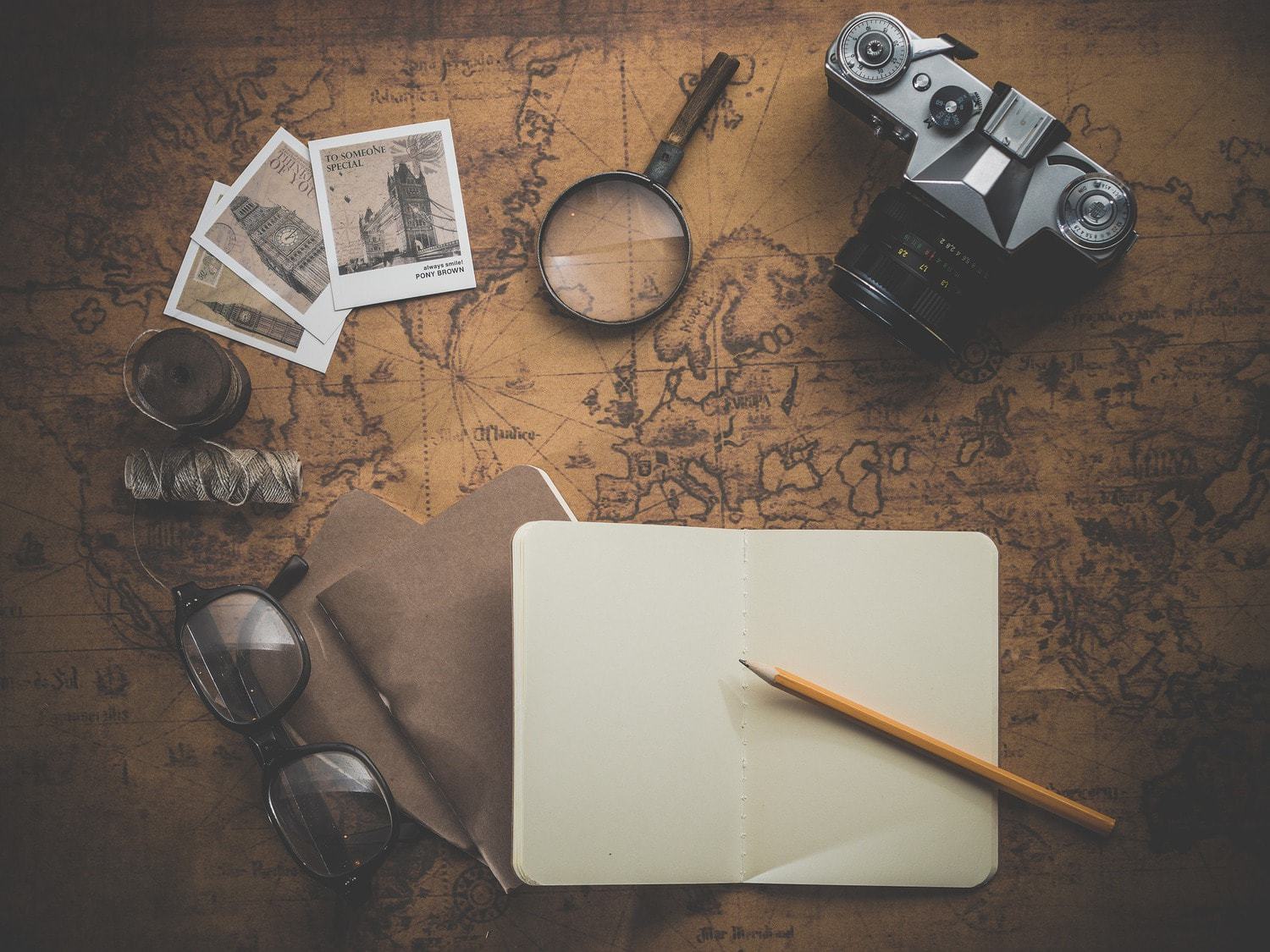If ever, when looking at a landscape photograph of those that leave you breathless, that traps you in such a way that you would pay anything to teleport yourself to that place immediately, you think that what luck for the one who captured it, what luck to be there to be able to take such a beautiful photograph, I am sorry to disappoint you: it is not luck.
It may seem that getting a photo like this is almost a matter of being in that place by chance. But it's not like that. I am sorry to tell you that luckily there is still 5 or 10%, that the rest is work and planning. Perhaps the luck of being in the right place and at the right time with your camera ready and your eyes wide open influences when capturing a street photograph, but one is not coincidentally in a dream place and captures an image worthy of Luckily National Geographic cover. That is very rare. Achieving a photo like this requires programming and dedication. Do you want to know how to achieve your next (and great) landscape photography? Today I will tell you how to plan it so that success is assured.
1. LOCATION
First you will have to choose the place, obviously. Even if you don't think it's as decisive as it may seem. I explain. You don't have to travel to Lapland, to the Fjords in Norway, to a beach in Thailand or to Tuscany in Italy. You need an interesting place, where you can easily access from your house or where you can at least take all the time you need to get the best photo. Whether the photo is extraordinary depends more on you than on the landscape itself.
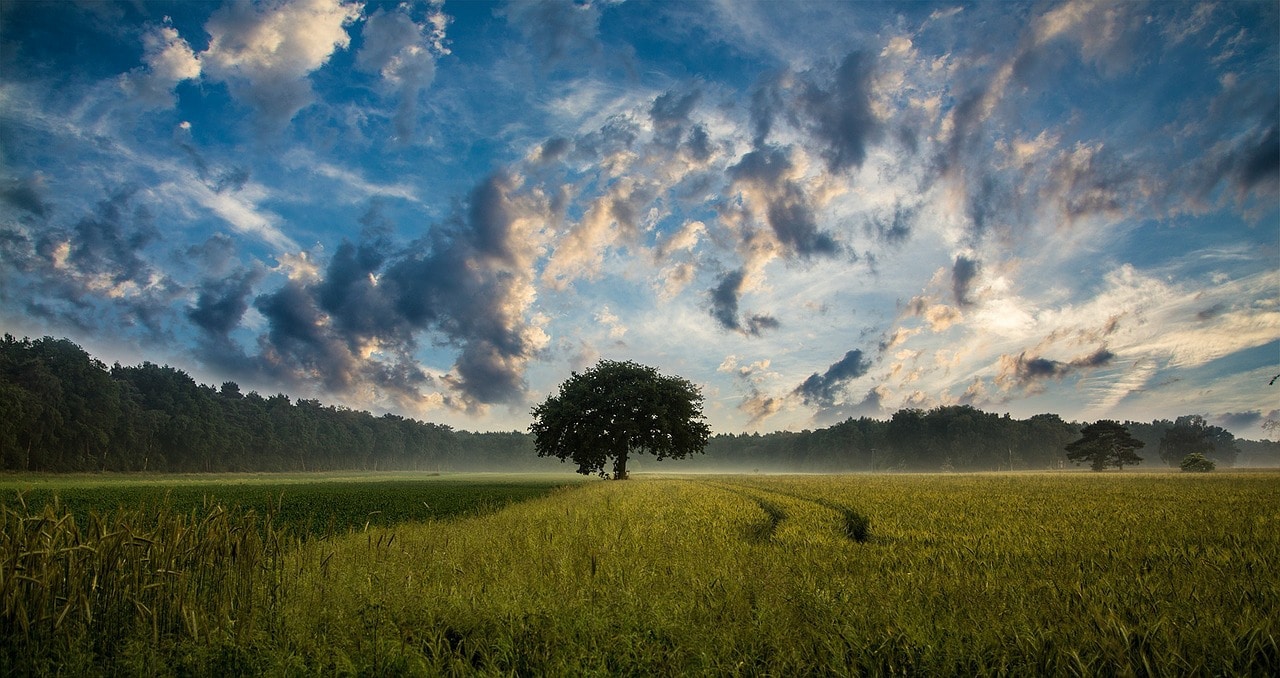
2. METEOROLOGY
The fact that it is a nearby landscape, to which you can easily access, encourages you to take advantage of the different weather options. Have you thought what a landscape with fog can gain? Or with a rainbow crossing the landscape? Even a few storm clouds can turn a seemingly nondescript landscape into a spectacular one. And let's not say what a cloudy sky gains compared to a completely clear sky.
Once you have decided on the location, think about how you can optimize the scene. Maybe foggy? Or better with a radiant sun? When you have it clear, wait for the right day to go "hunting" your photo.
If, on the contrary, it is a place of passage, you can also plan your landscape based on the weather. In this case you will have to be more flexible and adapt to the circumstances. Any adversity can become a great challenge and what seemed like a problem can end up being an opportunity .
3. THE LIGHT
Decide what time of day is the most appropriate to achieve your photography. Whether day or night, midday or sunset... Each moment offers a different light and with it the colors mutate, the appearance of the landscape changes and the effect it causes on the viewer's retina is very different.
That is why it is important that you choose the most propitious moment well . If you have doubts you can do several tests. Photograph throughout the day to see how that landscape turns out best. Keep in mind that the harsh midday light reduces volume although it causes greater contrasts and highlights textures. It is ideal for saturating colors and for black and white landscapes. The hard lateral light of sunrise or sunset enhances textures, lengthens shadows and highlights reliefs. Understanding the light and knowing how it can favor your landscape is essential to achieve an impressive photograph.
To find out when the sun or moon rises or sets, when there is a full or new moon, from what exact place the king sun rises, etc., you have some applications, such as:
-
- The calculator": to find out what time the moon and sun rise in your city and what time they disappear behind the horizon, among other things.
-
- The Photographer's Ephemeris: Draw a line from sunrise to sunset so you know exactly how to position yourself if you want to include (or avoid) the sun in the frame.
- photo pills: offers all the information you need about times, position or trajectory of the sun and the moon. It offers many more options, such as help with depth of field or exposure. It also allows you to save locations. It is one of the best applications when planning your photo. It is not free, but it costs only 9 euros.
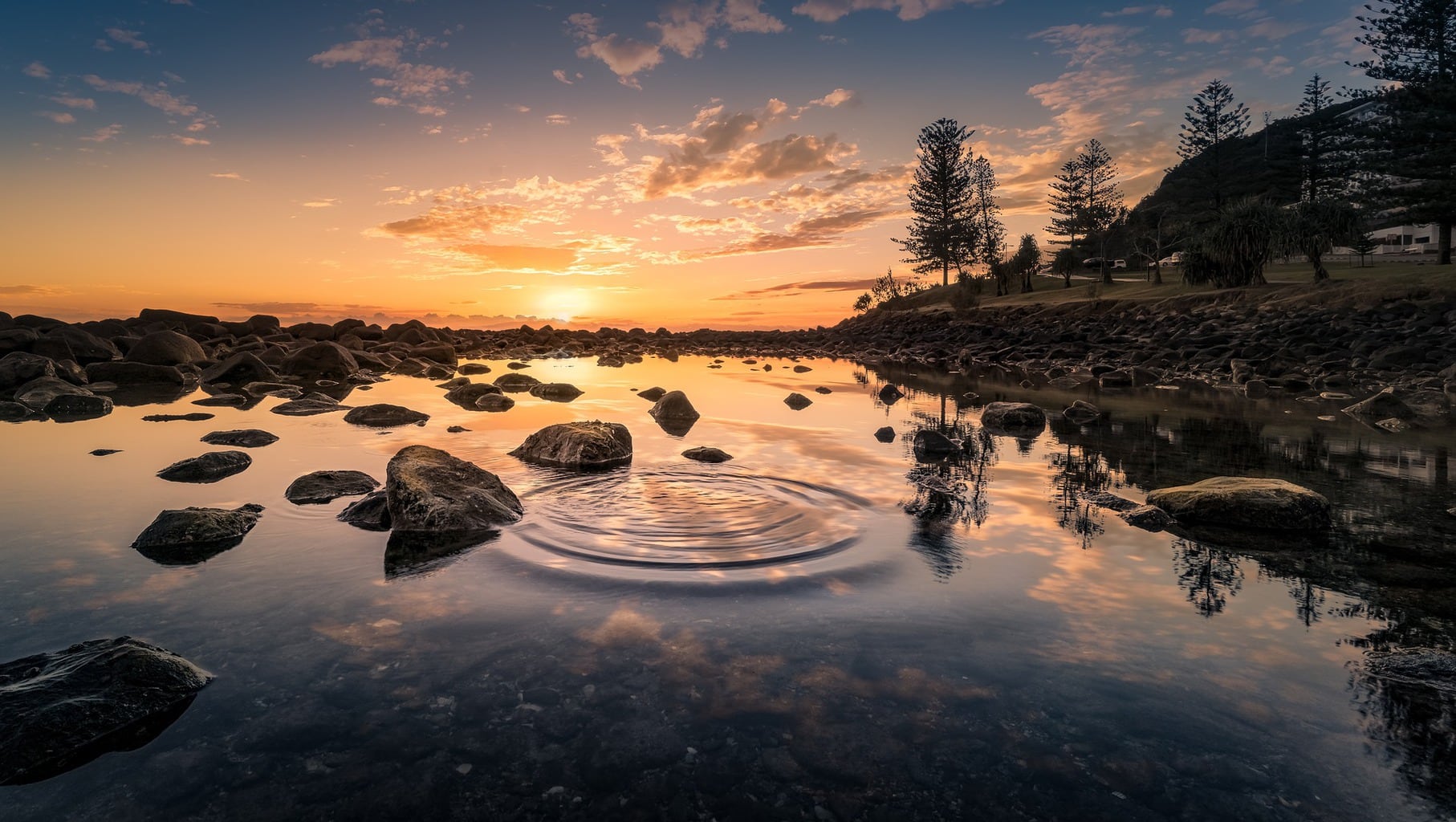
4. STATION
And speaking of lights, did you know that the type of light changes depending on the season? The harsh midday light in summer is not the same as in winter, the light of autumn is not the same as that of summer. Knowing this information is useful and necessary.
But it's not just about light, the colors change completely. The same scenario can be so different from one season to another! Which do you think favors that landscape the most? How do you think it will impact more or be more interesting? Plan your photography based on which season is the most appropriate. The wait will be worth it. In the meantime, you can search for other locations for other stations ?
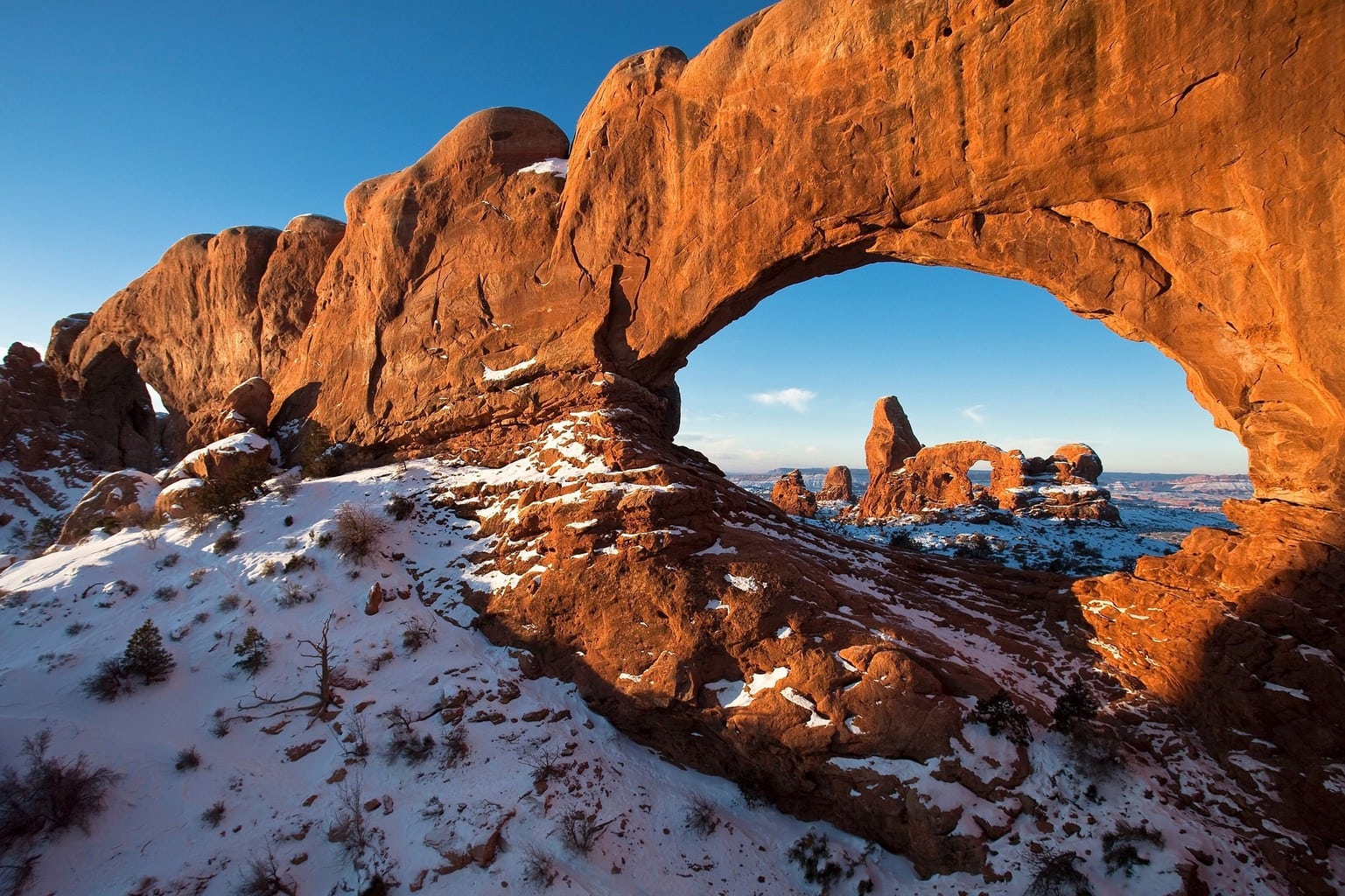
5. COMPOSITION
Even if you think that the composition in a landscape is something of the moment and that it has nothing to do with planning, I have to contradict you. Imagine that you have decided that what suits the landscape you want to photograph is sunset light, so you arrive, plant your tripod and when the light is on at the exact moment you want, you realize that the framing doesn't work. And when you find the right composition, the light has vanished. Or that you got up early in the century to catch the fog on the lake and then it turns out that the best view was on the opposite shore...
A lost day. Sad no? To avoid this disaster, when you discover the stage you can do some tests, even if it is with the mobile camera or with your two hands forming a rectangle. Change angle and find the best frame. You can also go with enough time to study the terrain and when the light is at its most ideal moment have everything ready to shoot.
6. EQUIPMENT
Preparing your equipment will not be a matter of five minutes, you must anticipate what you need. Imagine that you have traveled to Norway to photograph the Northern Lights and you run out of battery because you did not bring a spare. That is why I am going to leave you a list of what you have to prepare well in advance.
-
- Camera with manual controls. The camera thing seems obvious, and it is. But it is not so much about manual controls. I'm afraid that on this occasion, a compact that works automatically is not going to give you one of the most impressive landscapes of your life. Take one with which you can work the aperture and exposure.
-
- Aim. Being clear about the most appropriate focal length for your photography is the basis for choosing the objective. Don't carry everyone you have at home, choose so your back doesn't suffer the consequences ? And if you only have one, make sure it serves your purpose. A simulator like thisit will help you to know what you need. And if you are thinking of acquiring one, here are some ideas .
-
- Tripod. For many occasions a tripod is usually not necessary, but when it comes to landscape, it will most likely be much more than a useful accessory. If you do not have and your budget does not reach you for the tripod that your SLR would like to have , take a look at these other great ones for less than 100 euros.
-
- Filter. Do you have any idea how you can improve your image using the right filter? It doesn't cost as much as a target and the effect can be crucial. I highly recommend you read this article: Master Landscape Photography Using These Filters . You have to carry one in your backpack ?
-
- Spare battery and memory card. And if one of the two fails you? After all this planning, the waiting, the illusion and now your memory card fails. To give you a hair pull, right? Better safe than sorry.
- Comfortable backpack. A backpack to carry the equipment without destroying your back is not something that you should leave to improvisation. Especially if your landscape is at the end of a long hike or at the top of a mountain. Take care of your equipment and take care of yourself by using the most appropriate backpack . Remember to leave some space for supplies, do not go to faint from hunger or thirst in search of the landscape of your life ?
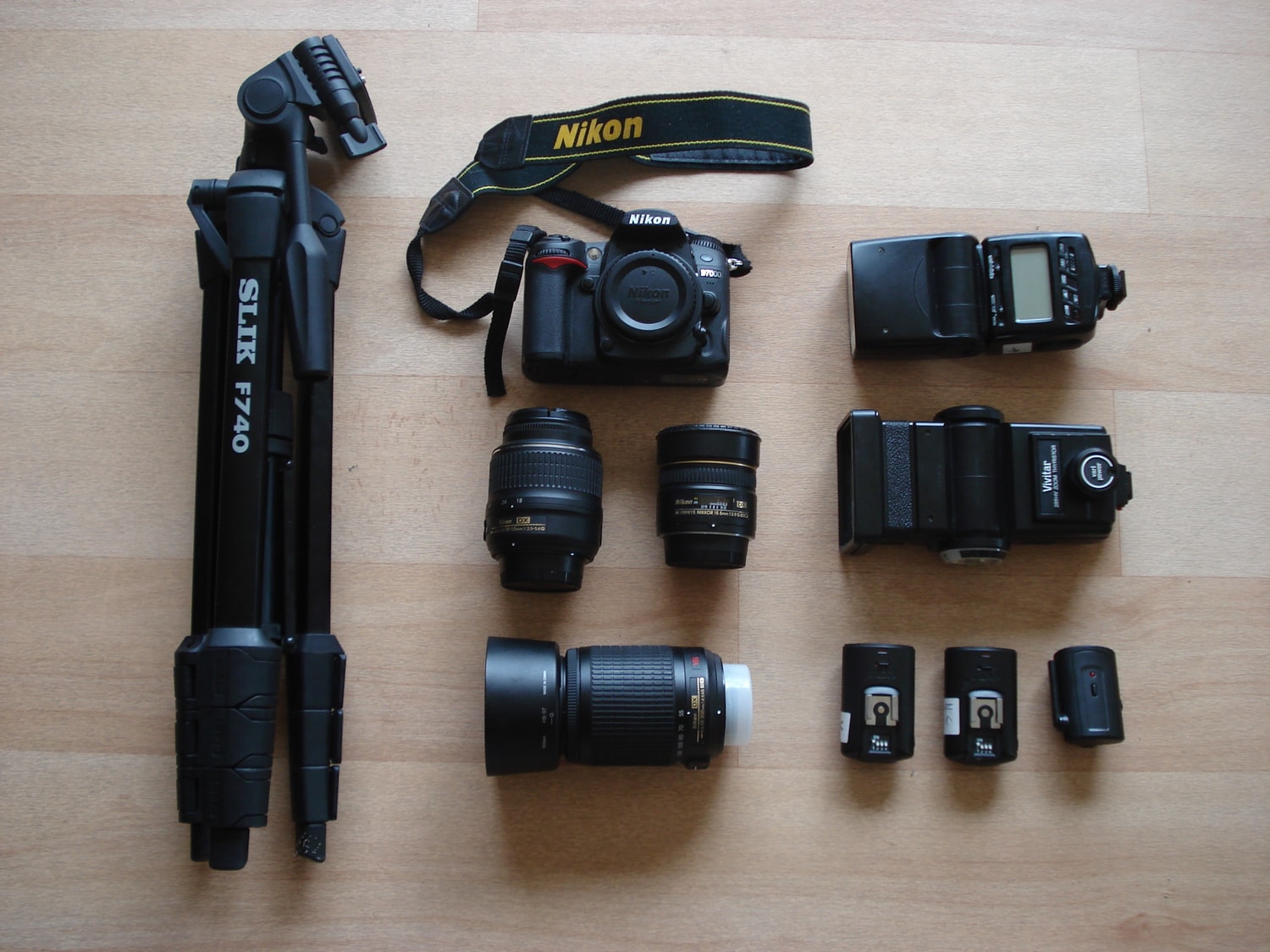
When planning, do not forget the precautions to protect your equipment , otherwise the serious thing will not be that you lose your photo, but that it ends up "harmed".
7. BLACK AND WHITE OR COLOR
Hmm… the million dollar question! Long before planting yourself in the place, you will have to think if you want a black and white photo, because the location, the composition, the light will depend on it... And yes, you can also achieve wonderful and spectacular landscapes in black and white. what did you think? Here's how .

Now you know how to plan your next travel photography, if you want help for the next step, which is to photograph it, here are up to 12 resources that will be of great help. What will not help you is to save all this information in some corner of your memory and leave it parked, your camera is waiting for you!
But wait... don't run yet ? First, I'm going to ask you a small favor, and that is, if you found this reading useful, let us know by leaving us a "Like" or sharing it on your favorite social network. Thanks and see you soon!

